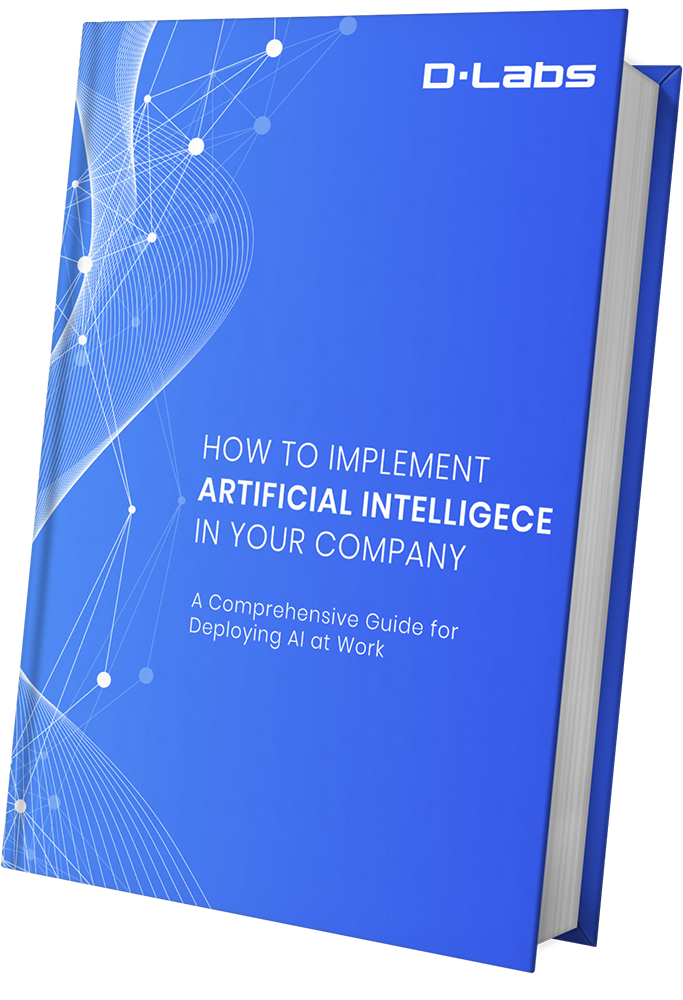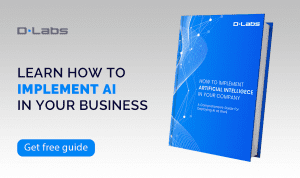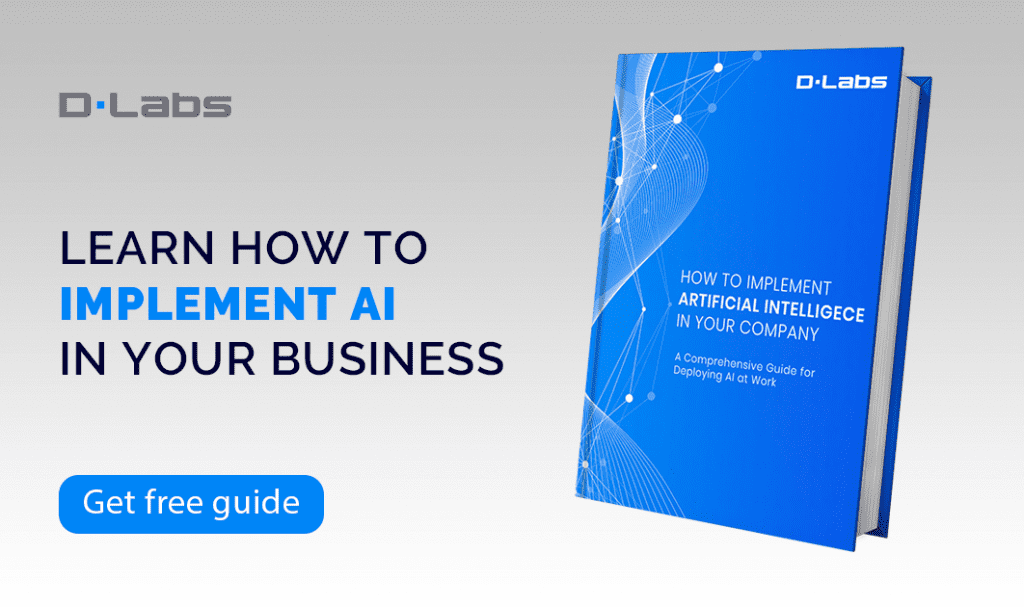Traditional wisdom tells us to market to consumers based on gender, age, income, and marital status. Characteristics known as demographics. But while this type of data can help, it only captures half the story.
In the age of AI, you also need to consider psychographics. By the end of this article, you’ll not only know what psychographics are. You’ll understand how to create a marketing message using both the demographic and psychographic traits of your ideal customer.
The Art Of Segmentation
Segmentation is a crucial marketing exercise.
It gets you to think deeply about who your ideal customer is, helping you tailor your message to specific groups, and so convert prospects into customers more effectively.
The issue is: there are many ways to answer the question, ‘Who is my ideal customer?’ And while many marketers prefer to focus on the most readily available data like age, gender, and location (because they create neat buckets with little effort).
Just because people are the same age or gender does not mean they behave in a similar way. Put another way: two 28-year-old women from New York likely have wildly different habits, interests, preferences, and values.
That’s why demographic-based segmentation often results in ineffective and expensive campaigns. It only leads us to poorly-tailored messages delivered via the wrong medium. But what can we do to avoid this?
Well, we can focus on the details that make an individual unique. We can use psychographics to guide us to more targeted messaging.
Resulting in more effective campaigns.
What Are Psychographics?
Psychographics are similar to demographics.
But where demographics are the ‘dry details’ about your customer, psychographics reveal why your customer responds to a particular message in a particular way.
Psychographic data relates to habits, hobbies, and values, layering crucial information over demographics, with the combination helping you to form a customer persona (the detailed picture of your ideal prospect).
One of the most important goals of psychographics is to match the language of communication to the audience of your message. And for many, it’s the only way to ensure your prospects understand what it is you’re actually trying to say.
To make things more concrete, let’s compare the two.
Demographics Vs. Psychographics
Here’s a breakdown of the two data types.
Demographics | Psychographics |
Age | Personality Traits |
Gender | Lifestyle |
Occupation | Social Class |
Ethnicity | Attitudes |
Geolocation | Principles/Beliefs |
Education Level | Activities/Interests |
As you can see: while demographic data might be easier to collect, it reveals little about who your customer truly is.
In contrast, psychographic information is more personal. It’s more likely to show the attitudes and perceptions that will influence any response. So while demographics might tell you, ‘I’m a 42 y/o male living in New York.’
Psychographic data can divulge ‘I’m expecting my second child’ and so am ‘looking for a suburban house with a garden.’ That’s not to say demographics aren’t an excellent place to start segmentation.
They’ll help you divide a big market into broad groups. But psychographics will help you ensure each target group takes the desired action.
How Do Psychographics Work?
Now that you know what psychographics are, how can you use them? The first step is to collect the necessary data, which you can do in two ways.
1. Interview Existing Clients
If you have clients you’re close to, they can be a great source of psychographic data. The next time you talk to them, ask them questions to learn how they spend their time, what their interests are, and what their number-one life priority is right now.
These types of questions can reveal why they are your customer: maybe it’s because they like that you donate to charity or that you’re an equal opportunity employer.
2. Analyze Web Analytics
If conversations aren’t an option, you can always check the past performance of content, adverts, and banners.
By reviewing the analytics, you’ll learn what kind of messaging compelled people to click, call, or respond in the first place. Alternatively, you can collect psychographic data using sources like social media.
And if this second approach sounds familiar, that’s because it probably is.
Sidebar: A Lesson In How Not To Use Psychographics
Psychographic profiling became famous during the Cambridge Analytica scandal when a specialist agency started using Facebook games to harvest the sensitive personal information of political voters.
The agency then used the details to create psychographic profiles of voter bases, helping political parties target campaign messaging across social media. And by many accounts, the strategy worked incredibly well.
The major problem was: Cambridge Analytica harvested the data without consumer consent.
As a result, the firm has tarnished the reputation of a technique that can be extremely valuable both from a public and commercial standpoint, especially when it’s perfectly simple to get users to opt into data collection.
You just have to be transparent about how you’ll collect and use the data. It’s just… Cambridge Analytica was not.
But when carried out transparently, psychographic profiling is a powerful way to understand people’s preferences.
The technique stems from research from Dr. Michał Kosiński of Cambridge University, which led to the development of a new method called ‘Personality Targeting.’ Personality Targeting leverages social media to predict how people might react to specific messaging.
And this is all based on what Dr. Kosiński calls the BIG-5 (OCEAN) model, which uses five factors to characterize a person:
- Openness: what tolerance a person has for novelty (i.e., how curious they are).
- Conscientiousness: to what extent a person is organized or persistent/motivated.
- Extroversion: how individuals’ social interactions develop (and the time and energy an individual devotes to developing them).
- Agreeableness: what is an individual’s attitude towards other people (altruistic vs. antagonistic).
- Neuroticism: how a person deals with extreme emotions (e.g., susceptibility to psychological stress, etc.).
In the context of personality targeting: the technique uses the common likes in a given group to assign a set of predetermined characteristics.
From here, marketers can use the characteristics to tailor content, say by creating:
- Dynamic, colorful ads for extroverted people
- Calm, neutral-language ads for introverted people
This level of targeting is not only proven to boost the efficacy of campaigns. It helps create smaller target groups which can reduce campaign costs.
DLabs.AI has even taken things one step further, profiling customers based both on shared likes and predicted visual preferences — and we achieved this in an entirely transparent way, ensuring customers happily opted into the data collection method.
DLabs.AI’ Psychographic Data Collection Method
In one project, DLabs.AI invited over 2,500 people to take part in a research project run via a Facebook survey.
Participants had to opt-in — and they understood that we would enrich the dataset by analyzing information from other Facebook groups and activities, as well as scraping data from additional external sources. We then collected visual preference data via a second custom survey.
In other projects, we’ve extracted similar information by looking at the ads on which people click, but there are plenty of ways to collect data:
- Paid opt-in surveys
- Free opt-in internet quizzes and surveys
- Digital footprint analysis (using Google Analytics, Adobe Analytics, etc.)
- Analysis of loyalty app usage
- In-person interviews, surveys, and quizzes
- Social media (including Instagram, Twitter, and other platforms — but given the Cambridge Analytica scandal, Facebook is now more limited)
No matter which approach we use, we always comply with GDPR, and we always require the user to opt-in.
In doing so, we hope to help rebuild the reputation of a valuable technique.
How DLabs.AI Targets Customers?
DLabs.AI still uses traditional demographic targeting to a degree.
The approach remains valuable because wealthy people still buy expensive cars. And individual professions will always enroll in specific courses.
That said, at some point, the same two questions always arise:
- Do two people with the same occupation always respond to the same message in the same way?
- Even if they do, will these same two people respond to the same visual in the same way?
Our answers to both, ‘It’s unlikely’ — and that’s why we’re pursuing a new concept: behavioral targeting.
Like footprints in the sand, every website click leaves a digital footprint. And we can use these prints to group segments by behaviors (pages visited, time spent browsing). We can even use searches for a ‘new laptop’ or ‘new phone’ to show ads for said items.
And while there’s no doubt the strategy results in highly effective campaigns, even behavioral targeting isn’t a magic bullet. Because it’s hard for us to know when someone actually buys a product.
That means we might still show the same product for a time, even after the purchase. But that’s not to say we can’t add more value in another way.
Use Computer Vision To Perfect Your Content Strategy
A key benefit of behavioral targeting is being able to turn numeric outputs into straightforward, text-based insights. That means the technique can actively help your creatives apply the learnings by spelling out the:
- Psychological descriptions of each group
- Aesthetic preferences of each group
- Keywords for each group
To see what we mean, here are three descriptions we’ve created in the past:
Description 1: “Very sociable, fond of people, cordial. Makes friends easily, flirts, popular, noticed by others. Dominant, assertive, imperious, a leader.”
Description 2: “Controlling, no guarding required because they have very strong and stable internal motivation. Disciplined, motivated, persistent, pursuing goals, hardworking, systematic, ambitious.”
Description 3: “They wear their hearts on their sleeves. Helpful, team-player type. Submissive, avoid conflict at all costs, slow to argue, willingly share with others.”
But even if you have a description, you still need to know how to apply these insights to an image-heavy platform like Instagram.
That’s where another form of artificial intelligence steps in. Because if you know the messaging a group likes, you can harness computer vision to learn exactly what kind of images they like as well.
This degree of understanding will help you laser-target your overall content strategy, and, in doing so, you’ll not only see an uptick in Instagram engagement.
Conversions will improve across the board.
Psychographics are crucial, but they don’t only apply to your messaging. They work with visuals as well. Learn how to use psychographics to supercharge your content: book a free consultation with DLabs.AI today.








